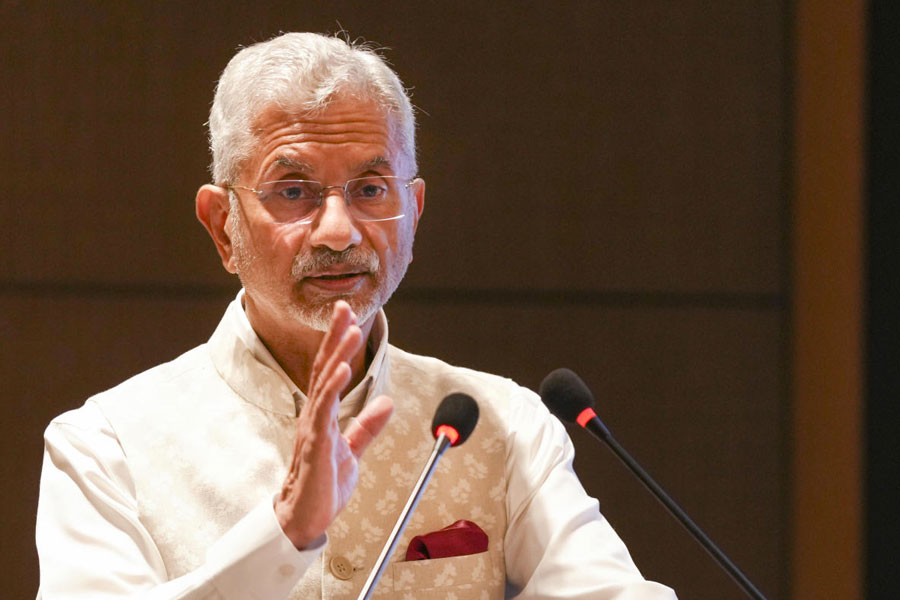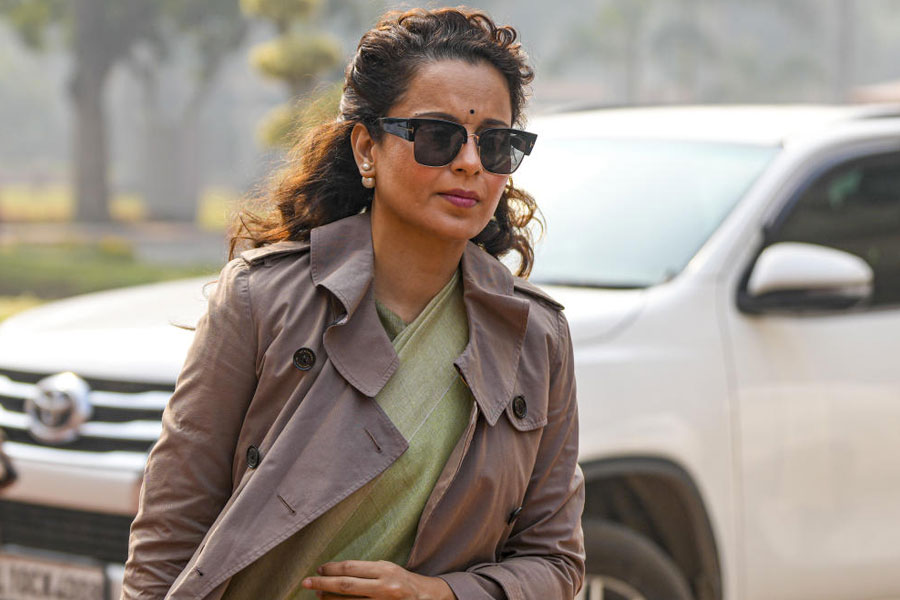|
|
| A voice for them |
LOVE AND LIFE BEHIND THE PURDAH By Cornelia Sorabji, Oxford, Rs 325
The first Indian woman barrister, Cornelia Sorabji, was born into a Westernized Parsi family in Poona in 1866. Cornelia was the fifth daughter of Sorabji Kharsedji who relinquished his Zoroastrian faith to become a Christian. Cornelia’s mother was the adopted child of Lady Cornelia Ford. Quite naturally, Cornelia was brought up under the contesting influences of three cultures which she had to constantly negotiate in her later life to acquire and proclaim an identity for herself. This agonizing indeterminacy must have engendered a sense of isolation which was only intensified by her being a member of an extremely marginalized community in India.
After graduating from Bombay University, Sorabji went to England and obtained her bachelor’s degree in law from Oxford University. On her return to India, she started her practice on civil cases which mostly concerned Hindu pardanashins, women who lived behind the veils. In her autobiography, India Calling, Sorabji records some of these cases along with her own commentary on them to depict the picture of the claustrophobic Hindu zenana household, plagued by oppressive patriarchic norms, legal deprivation, intrigues and even murders. Incidentally, Sorabji, alongside Krupabai Satthianadhan, was among the first to have fictionalized Hindu women in English and, predictably enough, her case studies were the mainstay of her fictions.
The book under review is Sorabji’s first book and her only published collection of short fiction. Most of the stories, as the editor, Chandani Lokuge, points out, are “exquisitely crafted” and deal with issues which topped the political agenda of Indian reformists of that period. Sorabji too was a reformist, but too pro-colonial for the liking of Indian reformers. She dismissed the Indian nationalist movement, especially the Gandhian brand, and was an avowed subscriber to the notion of the civilizing mission of the colonial rulers. No wonder, Sorabji was immensely unpopular in her time but that does not make her stories any the less interesting.
Let us consider what Hariot Dufferin observes in her introductory note to the first edition of the collection: “they exhibit to us from the inside, as it were, customs and ways of living and of thinking which we usually contemplate from the outside only.” We should also take into account what Lokuge quotes from The Daily Chronicle passing a verdict on Sorabji, saying she has not that “special talent of the writer which can re-create an unfamiliar society” for the British readers. These two diametrically opposite responses from the same target audience that Sorabji had in mind show that she was sometimes deliberately ambiguous.
In a story like “The Pestilence at Noonday”, Sorabji’s indictment of the Hindu superstition about a disease like plague blatantly carries out the colonialist project, while in another story like “Love and Live” which portray the travails of a zenana woman, Piari, Sorabji captures intimate details of Indian life like an insider.
In yet another story, “Behind the Purdah”, the protagonist, Rebecca Yeastman, is an extension of Sorabji’s self. Sorabji’s “self” often mingles with “the other” and at times, the self itself is partly “otherized” in her layered narratives. Sorabji’s scepticism about her own identity, which might have prompted these subtle shifts in the narrative voice, fed her distinctive narrative strategy. Chandani Lokuge continues her commendable job of editing Sorabji’s works since her earlier efforts in India Calling. This book has been insightfully introduced and assiduously annotated — reasons enough for accommodating it in the archive on post-colonial studies.











